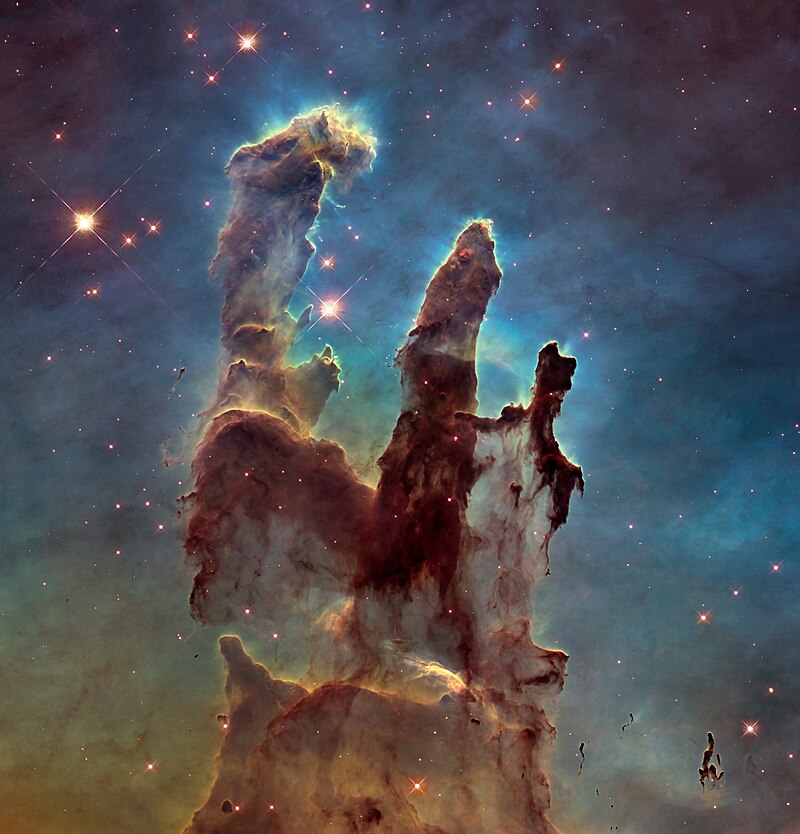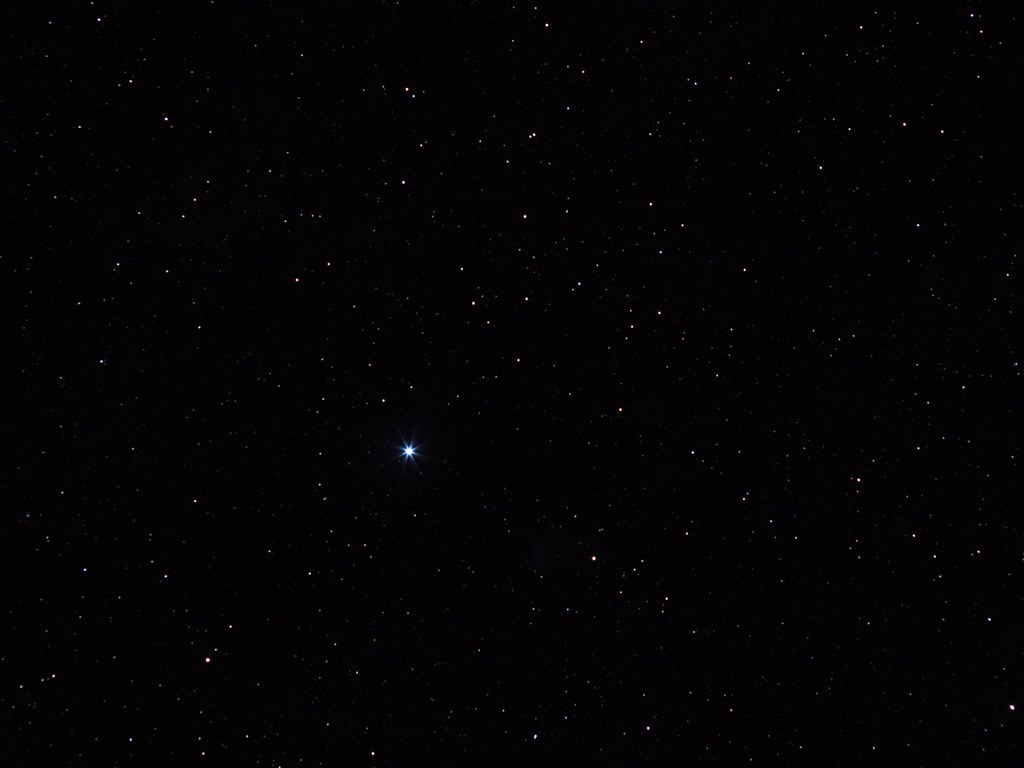 A human life span is
too short to witness the dead of the Sun. To answer this question, scientist
will have to observe other stars in the Universe at various points of their
life time, and making predictions using theoretical models. The results of all
those observations are summarized into a theory about stellar evolution.
Stellar evolution is life cycle of stars, starting from its birth, to its
death. The life cycle is different depends on the mass of the star. The less
massive a star, the longer is its lifetime. The diagram below is a summary of
how stars evolve. Let's learn the diagram and see what will happen to the Sun.
A human life span is
too short to witness the dead of the Sun. To answer this question, scientist
will have to observe other stars in the Universe at various points of their
life time, and making predictions using theoretical models. The results of all
those observations are summarized into a theory about stellar evolution.
Stellar evolution is life cycle of stars, starting from its birth, to its
death. The life cycle is different depends on the mass of the star. The less
massive a star, the longer is its lifetime. The diagram below is a summary of
how stars evolve. Let's learn the diagram and see what will happen to the Sun. |
| Stellar Evolution Diagram |
The following
descriptions are numbered according to the diagram in the previous post.
1. Star-forming Nebula
It's all start from
here. The nebula is formed from molecular dust in space that go closer to each
other due to gravitational force. The example is Eagle Nebula or Pillars of
Creation.
 |
| Eagle Nebula |
2. Protostar
Nebula collapse and
form fragments, the gravitational potential energy is converted into heat, and
the nebula forms a rotating hot gas sphere called protostar. The example is
V1647 Orionis.
 |
| V1647 Orionis |
3. Mid-size star
The protostar
continue collecting dust and gas, and it goes very hot so that fusion reaction
can happen. The hydrogens are converted into helium, and the size is stable.
Yes! The Sun is one of it. In this phase we say that the star is in the Main
Sequence. Most stars in this universe is in this phase.
 |
| Sun |
4. Red giant
In this phase the
star starts to burn helium. Some have helium shell.Some have hydrogen shell
outside and helium shell inside. The size is huge. That's why we call it
'giant'. The example is Arcturus.
5. Planetary Nebula
When the pressure
inside the red giant is too big, the star will release its outer shell, leaving
only its core. The shell explodes giving you the wave. Ever drop something into
still water and a circular wave spread? Yeah, just like that! The example is
Dumbbell Nebula. The dust expelled will form star-forming nebula. After that it
forms protostars..and the cycle goes round and round like that.
 |
| Dumbbell Nebula by Paul M. Hutchinson |
6. White Dwarf
White dwarf is
actually what is left from the red giant after explosion. It is the core. The
size is very small. The example is Sirius B. (And the last name is Black. Just
kidding.)
 |
| Sirius A and Sirius B taken from Hubble Space Telescope. The white dwarf Sirius B is the small blue dot at the lower left |
7. Black Dwarf
Black dwarf is a
white dwarf that has cooled down and emits no light but still maintaining its
mass. It is theoretical end of mid-sized stars such as sun. No observation is
found because black dwarf will exist after very long time, longer than the age
of today's universe.
Those are the cycle
for mid-sized stars. For stars with lower mass, the following will happen.
8. Red Dwarf
This star has very
low mass. It stays in the main sequence for very very long time.
.jpg/1024px-Alpha%2C_Beta_and_Proxima_Centauri_(1).jpg) |
| Proxima Centauri |
9. Blue Dwarf
For stars with
bigger mass, the cycle would be a bit different.
10. Protostar (bigger one)
10. Protostar (bigger one)
Protostars with
bigger mass will form massive stars.
11. Massive Star
These are main
sequence star which are much more massive than the Sun. For example: Spica.
 |
| Spica |
12. Red Supergiant
The lifetime of
massive stars in the main sequence is short. They will immediately becomes red
supergiant.
 |
| Betelgeuse |
13. Supernova
If the star is
massive enough, the star will expel its shells, in a phenomenon we call
supernova. The luminosity of supernova is very bright. It releases huge amount
of mass. It left an bright nebula we call supernova remnant. For example is
Crab Nebula.
 |
| Crab Nebula Supernova Remnant |
14. Black Hole
The supernova is
leaving a very massive core of the supergiant. The core is very massive that
the gravitational field is very strong. Everything is attracted to this core,
even light. This is what we call black hole. A hole nothing can escape.
15. Neutron Star
If the core is
insufficiently massive to form a black hole, it will be left as a neutron
star. The example is LGMX-1 pulsar.
As we understand
from the cycle, the Sun is predicted to 'die' and becomes black dwarf. Even
before that, when the Sun is leaving the main sequence and becoming red giant,
the size of the Sun is so big that the Earth will be 'eaten' by the Sun. The
scientists predict, there is still around .....years before it happens. However
as science develops, the theoretical prediction may change. Again, we would
never know when.
EVERY BEING WILL SURELY DIE ONE DAY
THE TRUE QUESTION IS NOT "WHEN?"
BUT
"WHAT DOES GOD GIVE US LIFE FOR?"
Note:
Want to make a poster or wall magazine about stellar evolution? Here is a
sample layout.















Post a Comment
Post a Comment